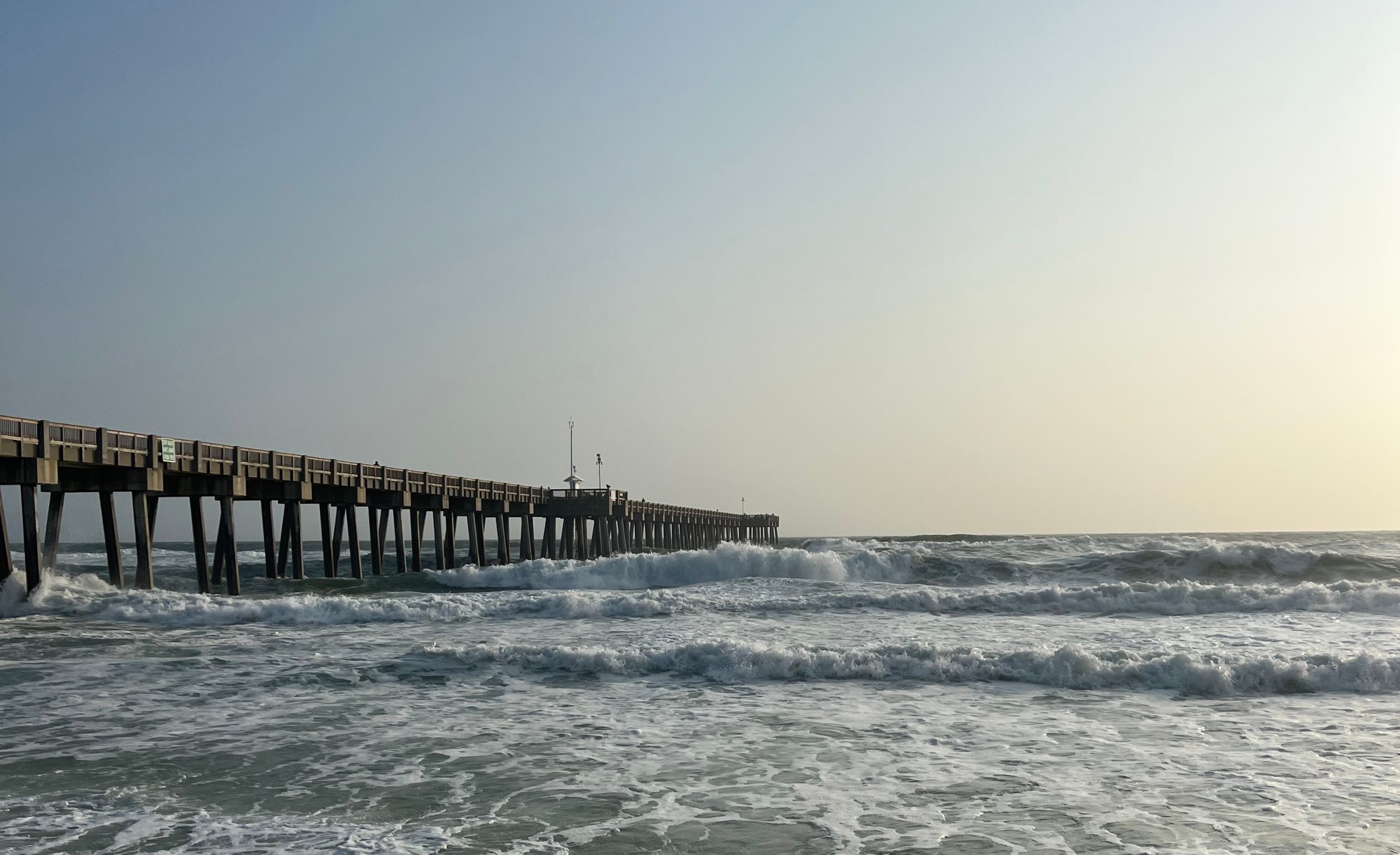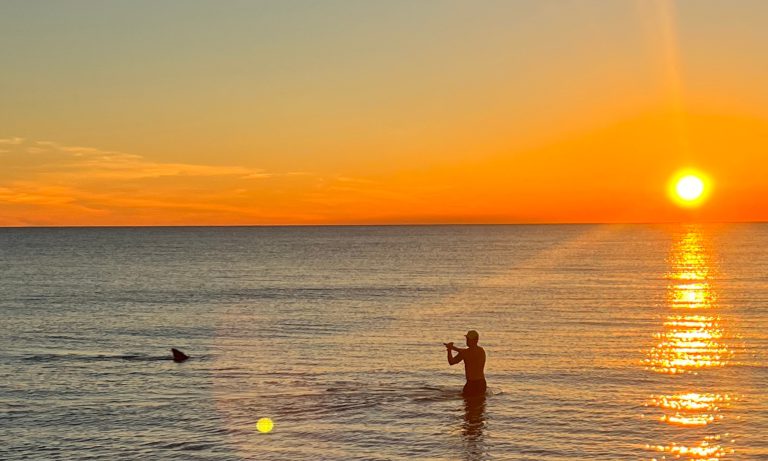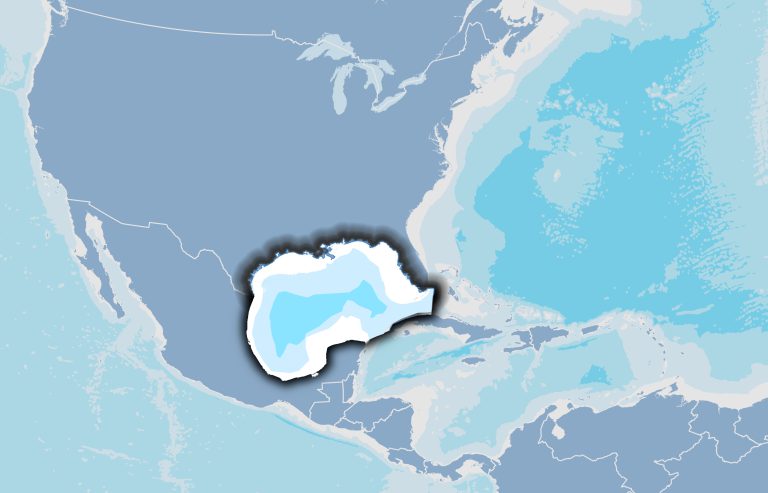The allure of the sun-soaked beaches of Panama City Beach is undeniable, but as with any coastal destination, the safety of its waters is a concern for both locals and visitors alike.
Like many places Panama City Beach has a flag system. These flags communicate the current conditions to beachgoers. Notably, Bay county does not use the green flag and now the least warning given is a yellow flag, indicating medium hazard levels. This adjustment serves as a constant reminder that the ocean is inherently unpredictable and always warrants caution. When double red flags are present it is illegal to be in the water.
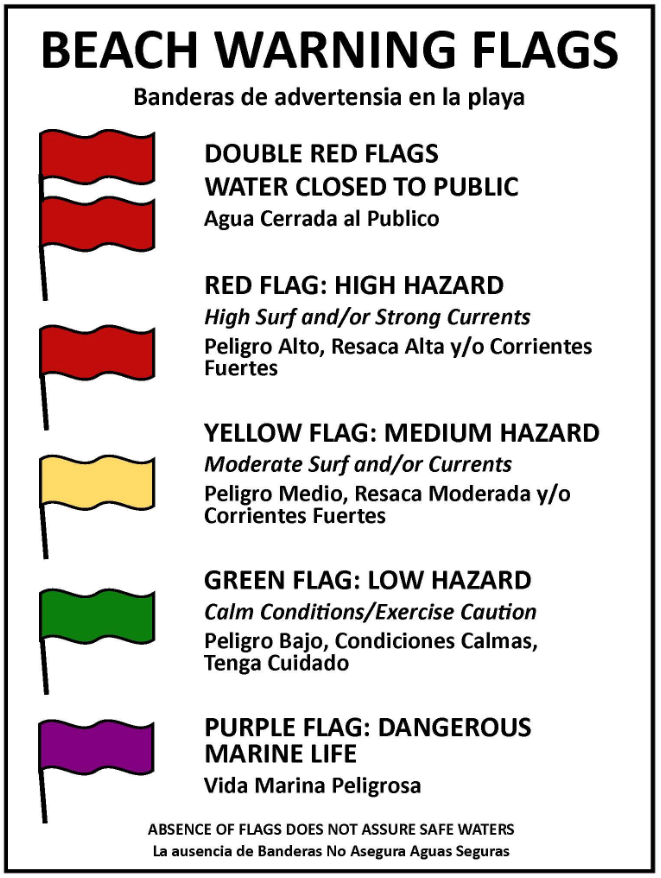
Panama City Beach City Counsel enacted Ordinance 1540 on October 22, 2020, which imposes stricter penalties for entering the water when the beach is closed. The ordinance sets a fine of $500 for a first offense and escalates to $1000 and potential jail time for subsequent offenses. This legal framework aims to deter beachgoers from making dangerous decisions that could lead to more fatalities.
The ordinance makes an exemption if you enter the water with a surfboard and leash. Boogie boards and skim boards are not exempt, regardless of whether they are leashed. The city stated the reason for this is that surfboards are more durably built and boogie boards or skim boards don’t provide as much flotation.
The Surprising Statistics
The National Oceanic and Atmospheric Administration (NOAA) tracks surf-zone fatalities across the nation, providing valuable data for assessing the risks associated with swimming. The surf-zone is the area of water between the shore and the point where waves are breaking, a region frequented by swimmers and surfers.
Since 2010, Panama City Beach has witnessed 34 surf-zone deaths, with a notable spike of 7 fatalities in the year 2023 alone. The spike in 2023 was likely due to a combination of hot weather across the country and consistently strong rip currents in the month of June. Contrary to popular belief, the danger isn’t confined to the inexperienced youth; the average age of the victims is 42, with only 2 victims being under the age of 10 during this time period. This statistic challenges the misconception that only the young are at risk and underlines the indiscriminate nature of ocean hazards.
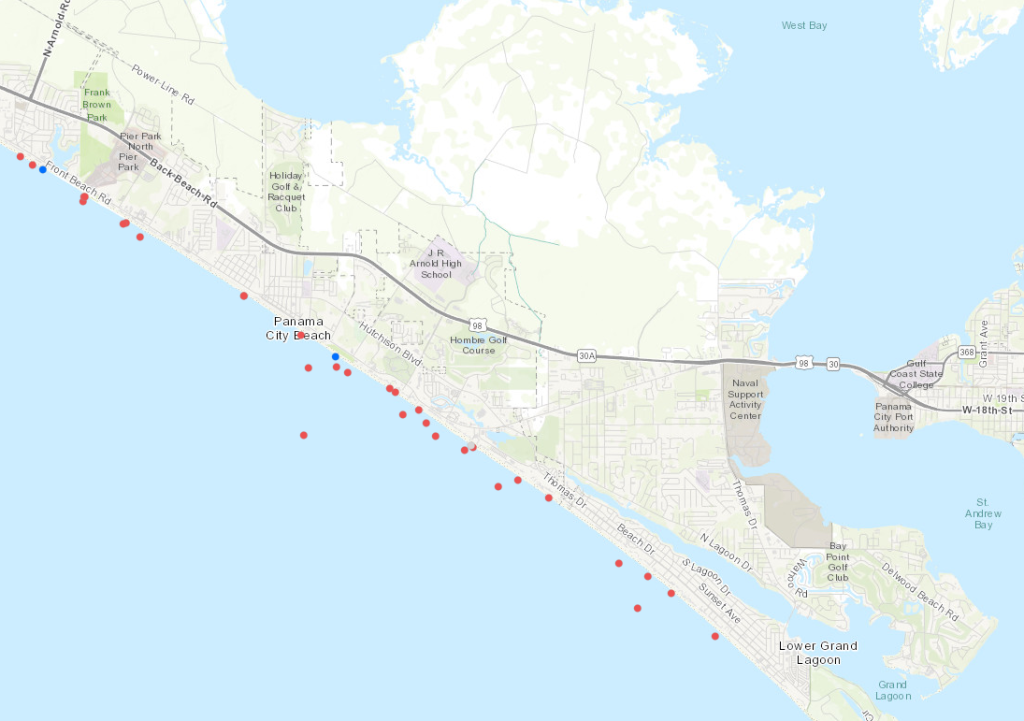
Looking at the broader region from Apalachicola to Pensacola, the figures become even more sobering, with 100 beach deaths recorded since 2010, 16 of these were in 2023. This trend underscores a growing concern for beach safety measures along the Florida Panhandle.
Visual Evidence of Hidden Dangers
The hazards of Panama City Beach’s waters are not always noticeable from the shore. Photos provided by Bay County Sheriff’s Office reveal deep trenches carved by powerful rip currents. These trenches, visible from the air, serve as a stark illustration of the dynamic and potentially dangerous nature of the rip currents that can form.
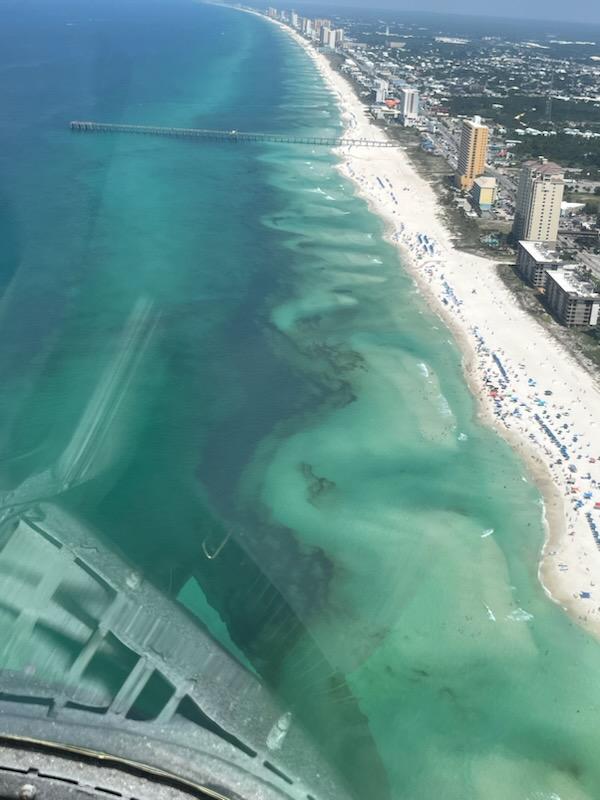
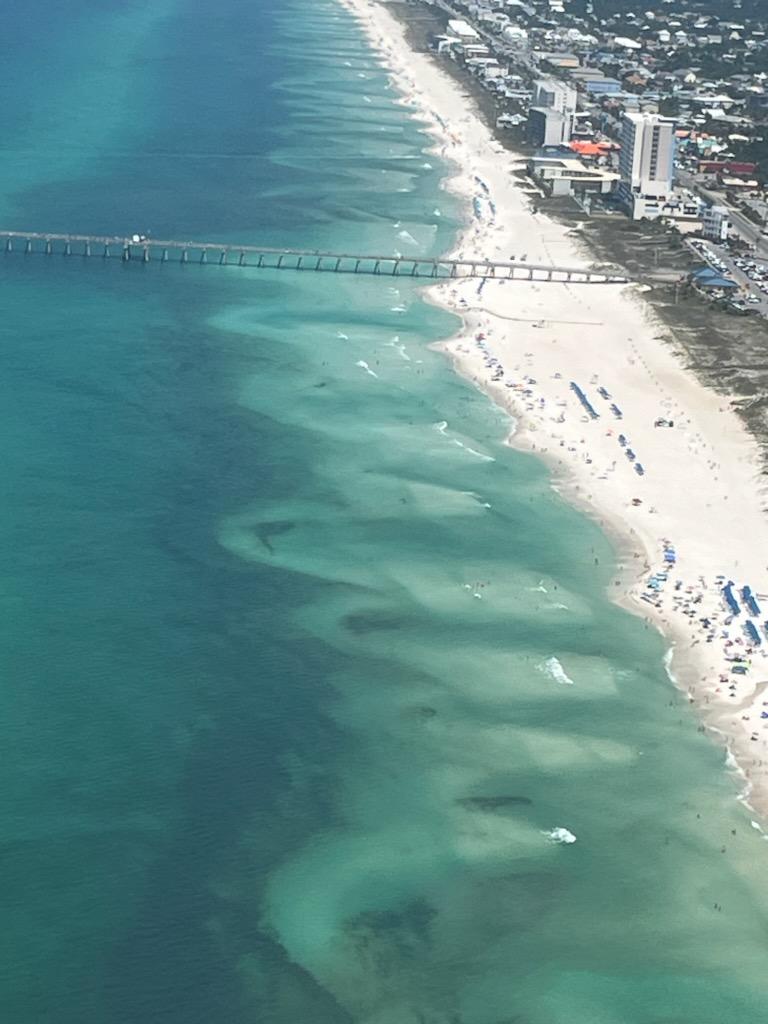
While Panama City Beach remains a stunning destination, the statistics and measures in place serve as a reminder that safety should never be an afterthought. It is crucial for visitors to stay informed, respect the flag warnings, and use appropriate gear. By doing so, they can enjoy the beach’s natural beauty without underestimating the power of the ocean’s currents.
Please note that this blog article is intended for informational purposes only and should be supplemented with the latest local guidelines and safety protocols before planning a visit to the beach.
PCB Ordinance 1540: https://library.municode.com/fl/panama_city_beach/ordinances/code_of_ordinances?nodeId=1069425
